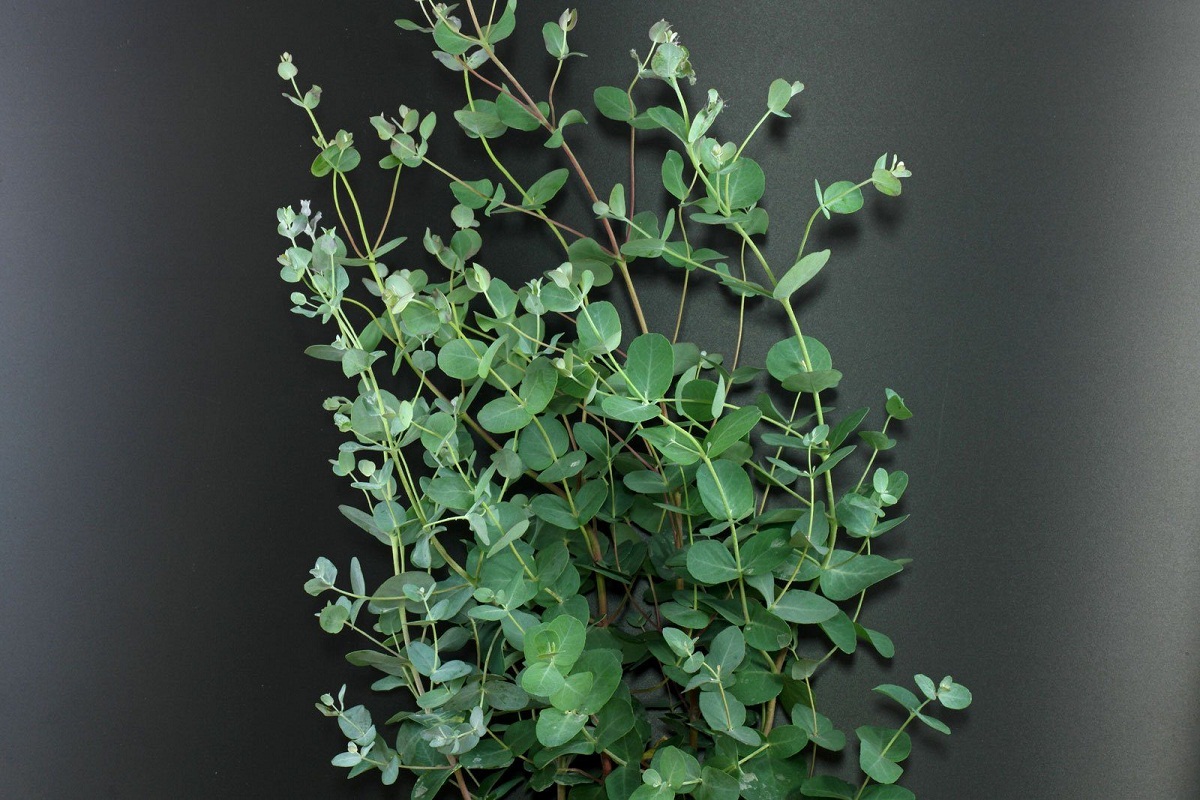
El Eucalyptus gunnii, which is also known as gunn eucalyptus, or also as cider eucalyptus, is a plant that belongs to the species of Eucalyptus native to Tasmania, which develops in plains on the central plateau between an approximate 1100 meters high, with populations that are isolated to the south in Hobart.
This is a type of eucalyptus that is part of the Myrtaceae family, which in addition to being used as a tree for decorationIt has a variety of uses within the stationery industry due to the properties of its wood.
Features

Is a tree that is evergreen which usually has a fairly rapid growth, reaching up to 30 meters high, generally has a size that ranges from small to medium.
The bark of this eucalyptus is smooth with shades of green and white, with a measurement that can reach 8 centimeters long. The leaves of the plant are bluish in color when it reaches the adult stage, and when it is young these leaves have a silver color. The flowers on the other hand have a growth in groups that goes from three to about 10, they have a somewhat white color and generally appear in the summer months.
It is a tree that has the ability to tolerate times of drought and does not support the formation of puddles. The area where it should be planted must have an excellent sewer system.
Another interesting fact is that it is a species that can withstand very cold temperatures, being the maximum temperature that can resist about -14 ° C only in short periods of time.
Uses of Eucalyptus gunnii
It is mainly used for decoration, especially in Western European countries and the British Isles. It can be planted in gardens and in areas where it is required. The branches can also be used as part of flower arrangements.
It is a tree that is widely cultivated due to the characteristic of being an excellent producer of sap, which is quite similar to that obtained from the maple. When the sap obtained from this eucalyptus is packaged and placed to ferment, a preparation very similar to that of apple cider can be obtained. This is where the name eucalyptus cider comes from.
In foliage it is generally used as food for livestock. On the other hand, the leaves have a type of essential oil that has the ability to act as an antiseptic, which can be used as a treatment for infections that affect the lungs and bronchi, although they are also used to make ointments When placed on the affected person, they serve to relieve throat discomfort caused by irritation or also to relieve pain in the muscles.
Farming
It is recommended that the Eucalyptus gunnii plant in an area with plenty of direct sunlight. It is important to keep in mind that the roots of this plant are very invasiveTherefore, they need to be away from walls, sidewalks, and streets, among others.
It is not a very demanding tree in regard to the kind of plant in which it must be planted, it should only be borne in mind that they do not tolerate excess humidity and that stagnations have to be avoided. So that, if you want to have a cider eucalyptus in the garden, You don't have to be so careful with the type of soil since it can be planted in almost any of them.
There is the possibility that this eucalyptus is placed in pots as part of a decoration, but this must be for a short time since, to have a better development, it needs to be outside the pots directly in the ground.
In the summer days irrigation should be carried out at least 3 or 4 times a week, and in the rest of the seasons it is convenient that this activity be reduced to at least every four days.
Branches that are closer to the ground or those that are withered, should be pruned once winter has passed. Once spring arrives it is possible to sow other specimens of Eucalyptus gunnii through its seeds.
Although it is a tree that can be planted in almost any kind of soil, achieves better development in those soils that have an acid pH, alkaline or neutral, with the possibility of supporting certain soils that are a little poor with respect to nutrients. The roots will grow vigorously in those supports that have a texture that is loamy, clayey or even sandy, in general they can be very well maintained when they are dry, soaked or wet.

The risks must be carried out taking into account the aforementioned information, although also it is necessary to be attentive to other factors such as the exposure it has to the sun, the temperature, the texture of the soil, the time of year in which it is found, among other things. All this is to obtain the best balance with respect to humidity and support.
Regarding the lighting needs, as mentioned, it has to be specifically located in a place where it can get exposure to direct sunlight, in order that this does not have a negative impact on the normal growth of the eucalyptus.
If we refer to the harshness of the adversities generated by the climate, it can be said that the temperatures of what is known as zone 8 in the minimum range that it can resist, tolerates very well the breezes that are marine and it can grow very fast being in places with the most optimal conditions.
Plagues and diseases
The ants They are a pest that causes a lot of damage to the buds and leaves of the eucalyptus, causing even the death of the plant. For the effective elimination of ants, liquid or gaseous insecticides should be used directly on the anthill.